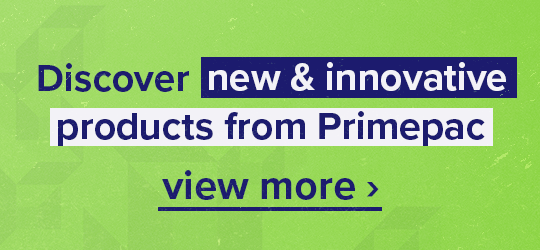
In a world where modern technology continues to evolve we have become accustomed to new innovations – what would have once seemed unimaginable has become all too possible. Like many other industries, the packaging industry has seen many changes over the years due to new technologies emerging and the need to keep up with consumer demand.
While packaging is still largely dictated by the contents of what will be stored inside, new innovations aim to take packaging even further from what was once just a humble cardboard box. ‘Smart packaging’ is a term quickly emerging in the packaging industry and we think it may be a game-changer. For industries like food and beverage in particular where the need for product safety and quality control is paramount, smart packaging is quickly proving useful for manufacturers and consumers alike.
From the definition of smart packaging to active and intelligent packaging, here we dive into what you need to know about this new packaging innovation. You’ll also learn how smart packaging can be used in industries like food and beverage to elevate your products and deliver important messaging to consumers.
What is smart packaging?
While it’s only just coming into the spotlight as an innovative packaging medium, smart packaging has been around in some form or another for years. Businesses and manufacturers that work heavily with packaging whether that be for food and beverage or medical items have always been breaking boundaries and finding new ways to store their products so that they arrive at their destination in perfect condition.
Smart packaging is an umbrella term used to describe packaging systems that have extended functionalities beyond just containing and protecting the package’s contents. When talking about smart packaging we must also describe the two specific forms of smart packaging – active packaging and intelligent packaging.
Active packaging involves adding or removing components from the package or immediate surroundings to improve the product’s shelf life or quality. Often used in food packaging to ensure that the quality of the product stays the same before a product reaches the shelves, active packaging is becoming increasingly popular for food and beverage manufacturers and those that deal in the export of fresh produce. In comparison, intelligent packaging refers to packaging that has ‘intelligent’ functionality. Examples of this could be packaging that allows the user to track the product.
When we talk about smart packaging and in particular intelligent packaging, we also need to explain connected packaging. Connected packaging is a subset of intelligent packaging, referring to applications that communicate with other packages, smart appliances or the internet to provide value-added digital experiences. An example of this could be a QR code that’s added to a package that the consumer can scan for more information about the product.
To put it simply, smart packaging will use a form of technology or technological capability to expand the functionality of a package or create an interactive experience. This type of packaging goes beyond what we are used to with the aim of connecting the physical with the digital and providing consumers with added value.
A global market for smart packaging
While at its core packaging has always been about protecting goods during transit, smart packaging is allowing manufacturers to add expanded functionality and customisation to their packaging. Whether that be keeping fresh produce cool during transit so that it doesn't spoil, or adding an interactive experience for the consumer, the options that smart packaging can provide are truly boundless.
Many businesses are already seeing the potential of smart packaging with Future Market Insights sharing some interesting insights around where they see this trend heading. In this recent report, they estimate that the global smart packaging market is worth US$27.1bn currently; it’s projected that this will reach US$43.3bn by 2027.
 Source: Future Market Insights
Source: Future Market Insights
In their analysis of the smart packaging market, Future Market Insights also reported that out of the different types of smart packaging, active packaging is estimated to be the most used across the globe with three-quarters of the market share currently. In relation to specific industry use, Future Market Insights also estimates that approximately 50 percent of smart packaging sold globally in 2022 will be used in the food & beverage industry. Growing demand for preventive and protective packaging from consumers is considered to be a big driver of demand for smart packaging in this industry.
Smart packaging and its use in the food & beverage industry
While various industries are seeing the benefits of moving to smart packaging for their products – supply chain management, the ability to share brand information and more, the food and beverage industry is quickly seeing the rewards of utilising this innovative packaging solution.
For the food and beverage industry, in particular, it’s vital that manufacturers and distributors can uphold strict quality standards and ensure that their goods arrive to the end consumer in optimum condition. Items that deteriorate during transit for example run the risk of damaging food and beverage manufacturers’ reputations and providing disastrous results should these goods be passed onto the consumer.
As noted by Food Engineering, smart packaging is already playing a key role in reducing costs for those in the food and beverage industry. With the ability to uphold quality standards through technology and with the potential of in-situ temperature control, manufacturers can see less food wastage and increased profits.
There are some great examples of smart packaging used in food and beverage products, particularly for value-added experiences, as outlined in this article by Blue Bite. Some of our favourites include:
Pepsi Super Bowl 2021 cans
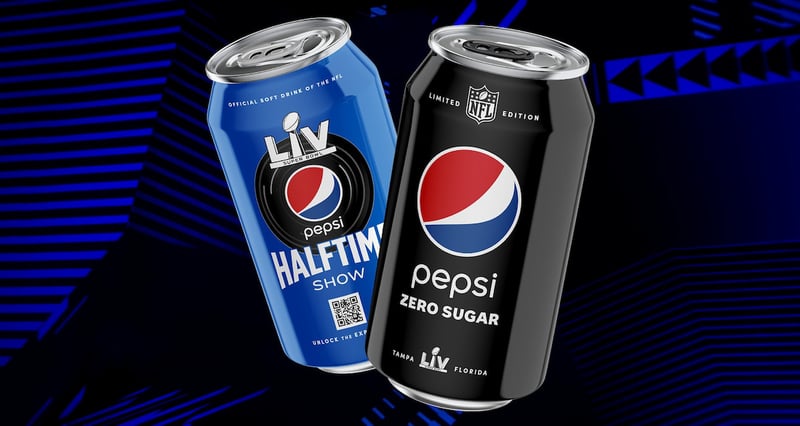
Source: Blue Bite
For the 2021 Super Bowl, Pepsi launched the website pepsihalftime.com. QR codes featured on specially marked cans and when scanned with a smartphone camera, they were taken to an augmented reality (AR) selfie lens on Instagram.
Ocean Bottle
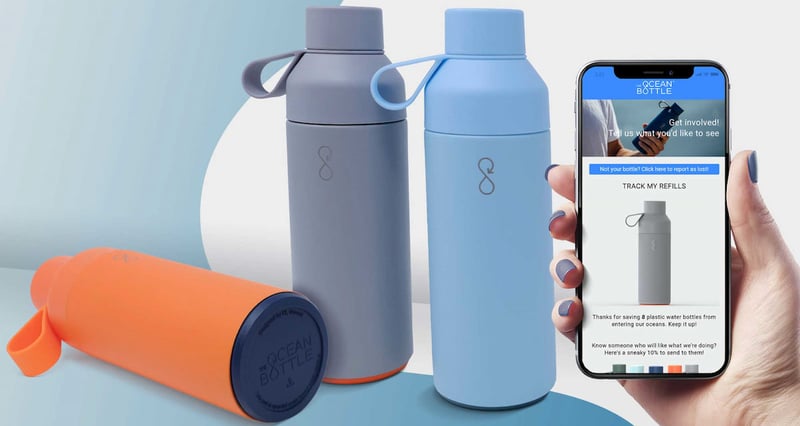
Source: Blue Bite
An NFC chip embedded at the bottom of each Ocean bottle activates a unique mobile experience powered by Blue Bite. With sustainability in mind, users can register their bottle and when refilled at partner locations, they will be helping to donate to plastic collection.
Funny-Frisch Potato Chips
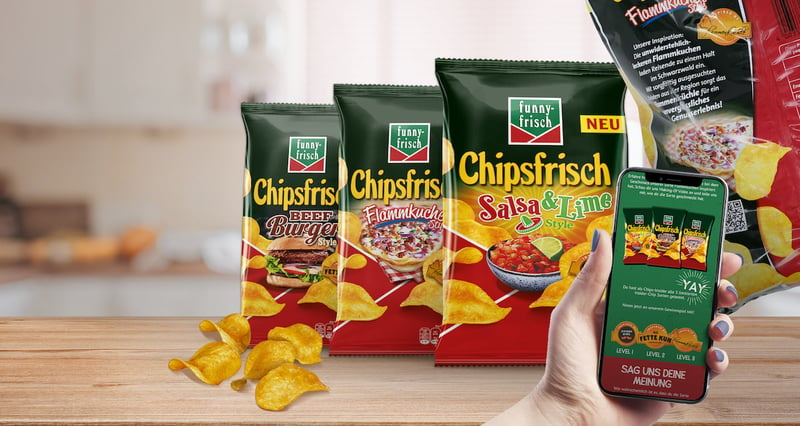
Source: Blue Bite
Each bag of Funny-Frish potato chips contains a QR code and when scanned, it takes the consumer to an engaging mobile experience. For each new QR code that’s tapped, users earn a new level. Once all chip flavours have been tapped, consumers get the chance to enter to win a year's supply of chips.
Considering the switch to smart packaging?
Smart packaging certainly has its benefits for industries like food and beverage and when used in the right way, it can provide not just cost savings for a business, but it can also provide the end-user with a more personalised and bespoke shopping experience.
If you are interested in seeing how smart packaging could be used in your business, then we would love to chat with you. We have a specialised team of packaging experts who are always looking for new packaging innovations and solutions. We also have our own custom printed packaging service which could allow you to print anything from your brand to a QR code on your packaging.
For more information about our custom packaging services, simply click below.



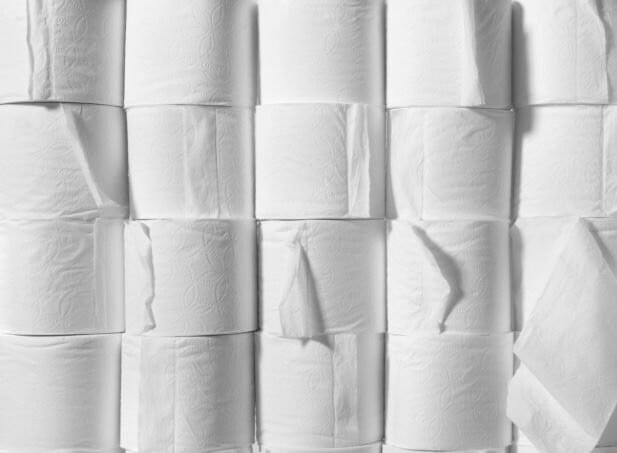
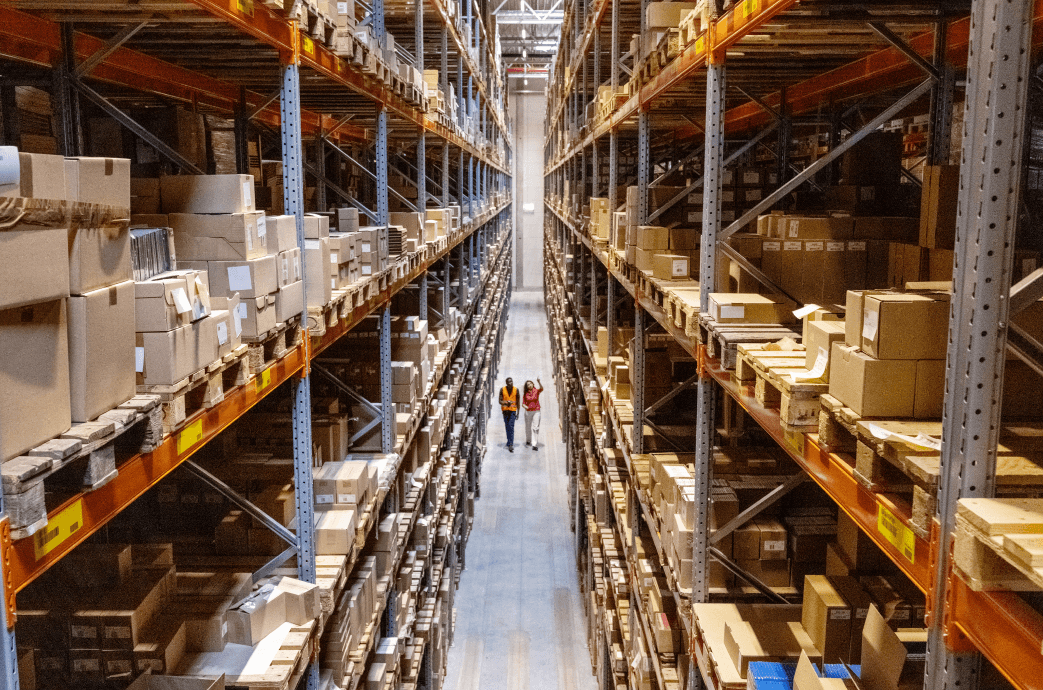
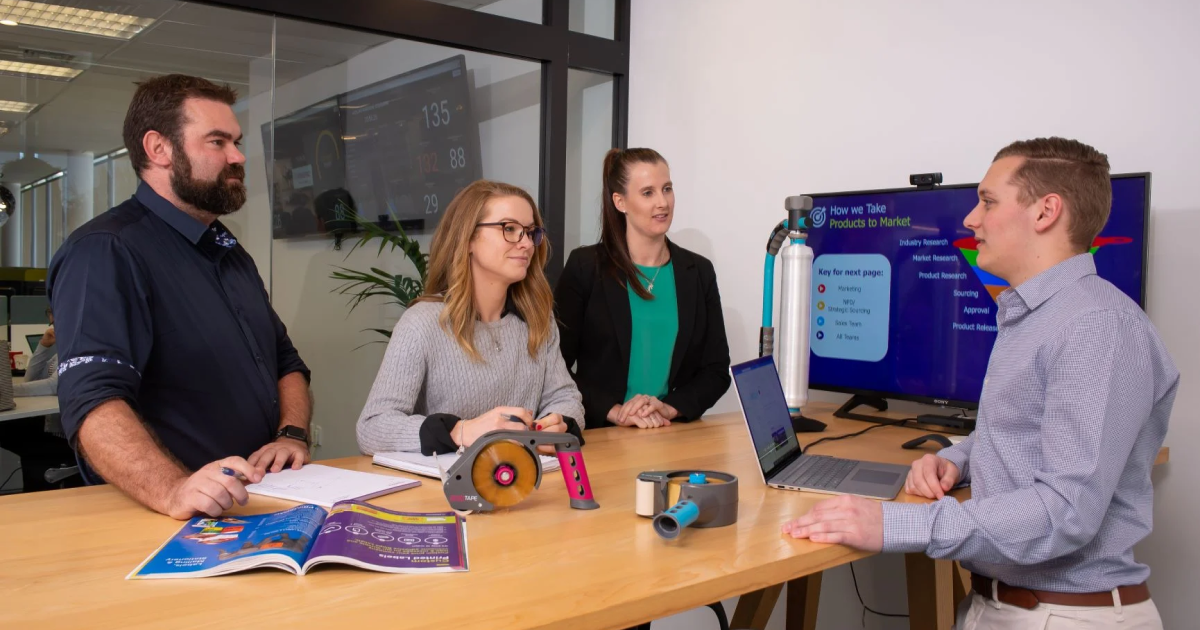
.png)
